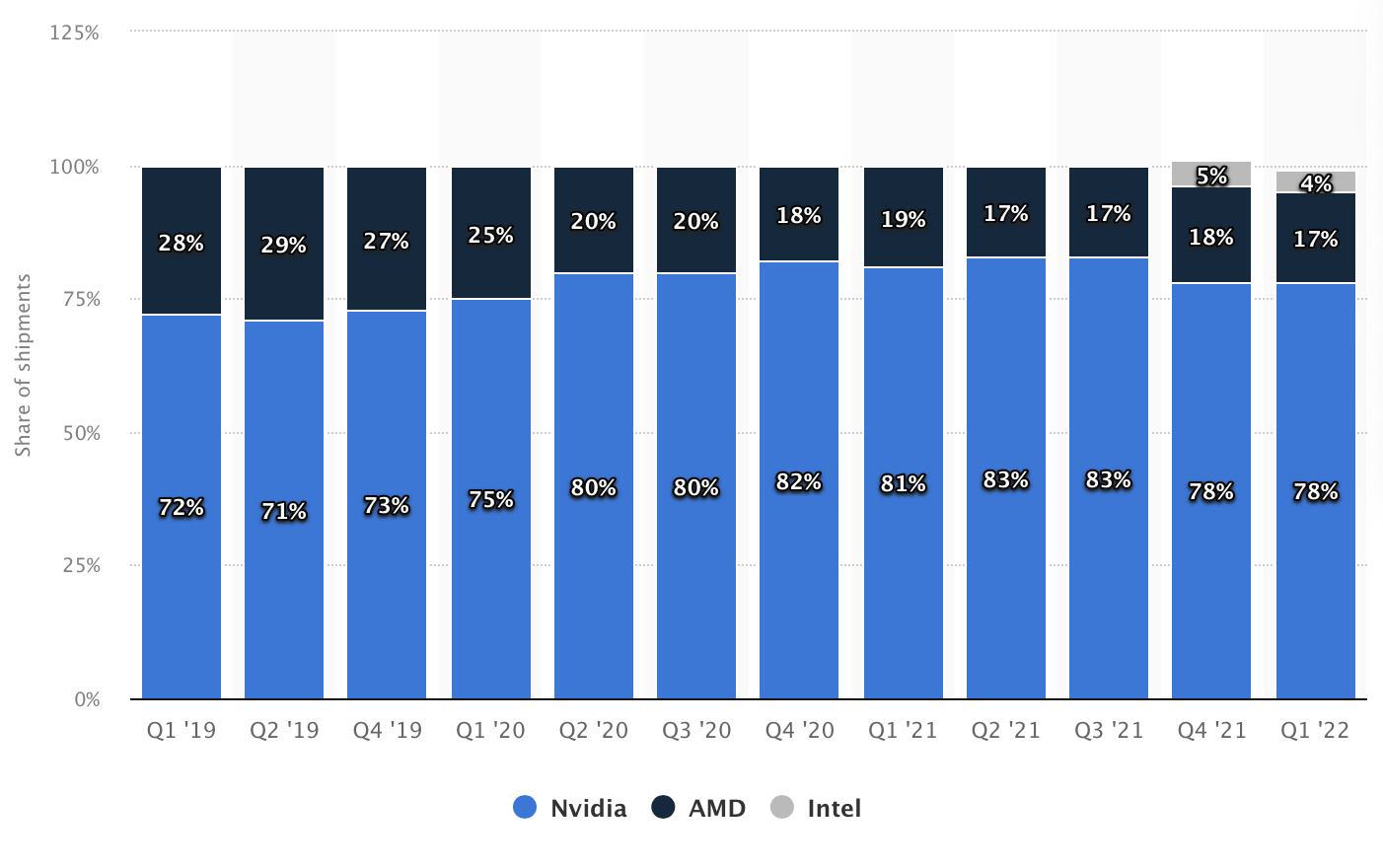GPUs vs. CPUs: What's the Distinction and Why it Is Important
In the field of computing, both GPUs and CPUs play important roles, yet they serve distinct purposes that can considerably impact capabilities. While most people are familiar with the central processing unit, the graphics processing unit has gained growing recognition in recent years. gpuprices.ai is mainly due to the increase of graphics-heavy applications such as video games, video rendering, and machine learning, where the GPU's parallel processing capabilities shine. Understanding what a GPU is and how it is distinct from a CPU is vital for anyone looking to enhance their computer experience.
The GPU industry has seen remarkable growth as an increasing number of users attempt to utilize the potential of these custom processors. In contrast to CPUs, which excel at handling a variety of tasks with great detail, GPUs are designed to perform various operations concurrently. This is particularly beneficial for tasks that involve massive amounts of data and require fast processing. As technology continues to progress, the importance of GPUs in diverse fields is just expected to rise, making it crucial to investigate their unique attributes and applications.
Comprehending GPUs and CPUs
Graphics Processing Units, or Graphics Processing Units, are dedicated hardware designed to accelerate the rendering of pictures and motion content. In contrast to CPUs, that are tuned for broad tasks and can handle a broad range of computations, GPUs shine at simultaneous processing. This means they can execute numerous calculations simultaneously, making them perfect for creating graphics, running complex algorithms, and processing large data sets in fields like ML and scientific computing.

The structure of a graphics processing unit is essentially different from that of a CPU. A central processing unit generally consists of a limited strong cores fine-tuned for sequential task execution, able of handling tasks that need high single-threaded performance. In contrast, a GPU contains thousands of miniature cores focused on processing multiple tasks at once. This configuration allows GPUs to manage parallel workloads more efficiently, which is vital for contemporary graphics and data-intensive applications.
The rise of the GPU market has changed various sectors beyond video games and graphics design. With the growing demand for high-performance computing and AI, graphics processors are now key to data centers and cloud computing. Their ability to speed up workloads has made them indispensable for researchers, technicians, and businesses looking to leverage advanced technologies. This shift highlights the significant role graphics processors play in determining the coming years of computing and the necessity of grasping the differences between GPUs and CPUs.
Current Trends in the GPU Market
The GPU market has experienced remarkable growth in recent years, driven largely by the increasing demand for visual performance in interactive entertainment, artificial intelligence, and machine learning applications. As more of consumers interact with high-definition gaming and engaging virtual experiences, companies are innovating to produce graphics cards that fulfill these changing needs. The introduction of next-generation graphics processing units has introduced significant progress in efficiency and energy efficiency, catering not only to players but also to specialists requiring intense processing capabilities.
A notable trend is the growth of graphics cards designed specifically for artificial intelligence and neural network workloads. Several tech companies are investing heavily in these specialized units, recognizing their significance in managing large data sets and educating complex models. This change signifies that conventional gaming GPUs are now being redesigned to serve a more diverse audience, including academic professionals and engineers in the AI field. The broadening of GPU functions has opened new channels for profit and fostered greater challenges among manufacturers.
Furthermore, market dynamics have shifted towards sustainability and energy efficiency. As ecological impacts become more prominent, GPU manufacturers are endeavoring to create products that consume less energy while delivering top-notch results. Innovations in semiconductor design, thermal management, and production methods are becoming central to captivating environmentally conscious consumers. This trend reflects a growing recognition of the necessity for technology to evolve in alignment with sustainability goals, influencing purchasing decisions across various consumer segments.
Effect on Computing Efficiency
The introduction of GPUs has significantly changed the field of computing performance, particularly in tasks that demand heavy processing power. Unlike CPUs, which are proficient at serial tasks and managing general-purpose tasks, GPUs are engineered for simultaneous execution. This allows them to handle numerous of threads simultaneously, making them highly effective for graphics rendering, scientific simulations, and machine learning applications. As a result, GPUs have become essential in industries that depend on processing large volumes of data quickly.
In the GPU market, the demand has seen massive growth, propelled by advancements in video gaming, virtual reality, and artificial intelligence. As gamers and professionals seek enhanced performance and more realistic visuals, the need for high-performance GPUs has surged. Additionally, ML and AI applications have additionally propelled this demand, as these fields require robust hardware to handle large datasets. The rivalry among manufacturers has also led to rapid technological innovations, yielding GPUs that provide unparalleled performance levels.
Ultimately, the difference between GPUs and CPUs comes down to their architecture and purpose. While CPUs remain key for everyday computing tasks, GPUs provide the dedicated power required for advanced computing environments. In this evolving landscape, understanding the capabilities and limitations of each is crucial for anyone looking to utilize technology efficiently, whether for individual use or within enterprise-level solutions.